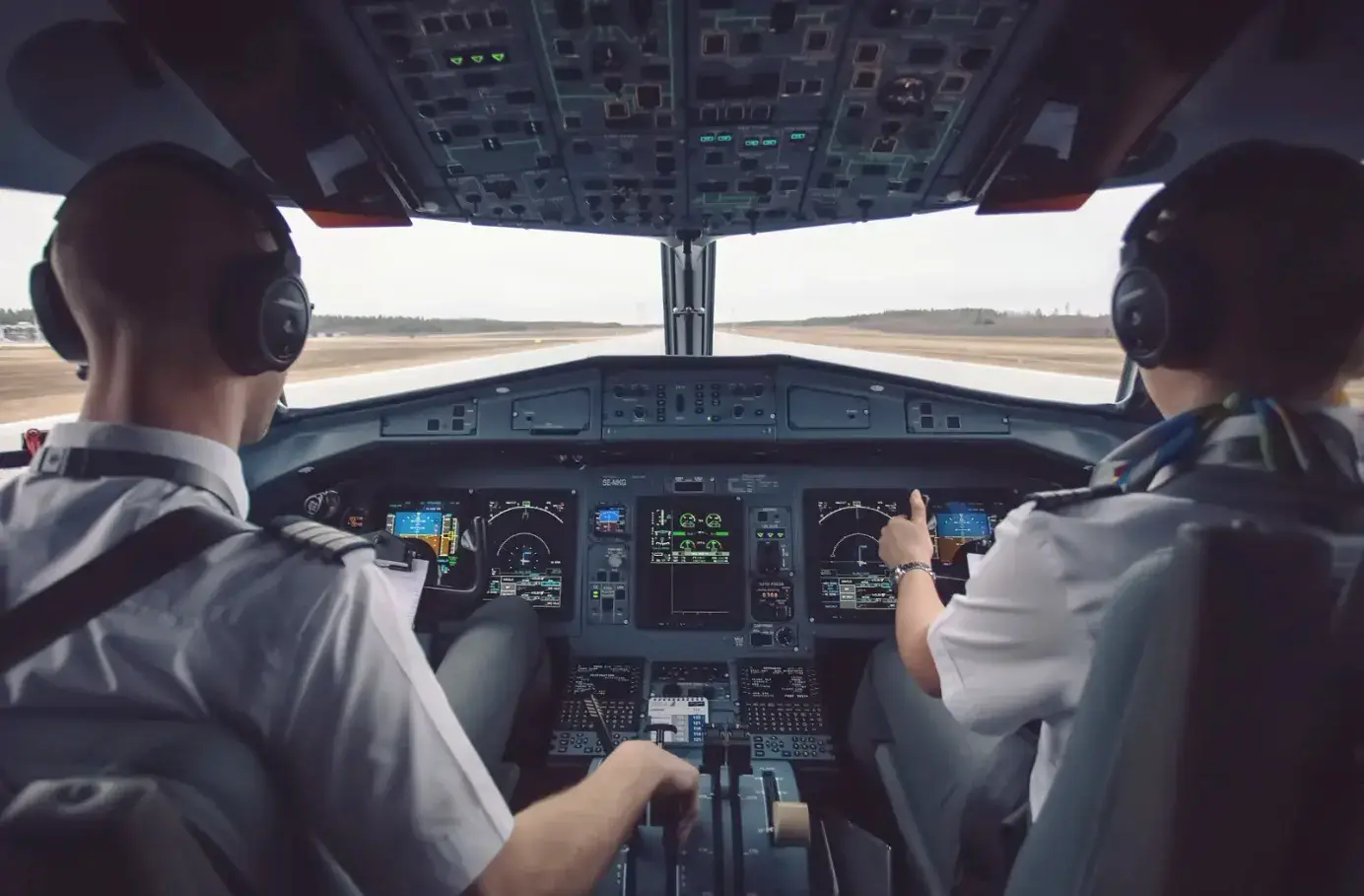
What Is Fly by Wire?
Most modern airplanes use a fly-by-wire system to maneuver. Learn about the basics of fly-by-wire systems and their advantages.
Table of Contents
When an aircraft maneuvers, it moves its various control surfaces, such as the rudder and ailerons. The pilots direct these movements when they move their controls in the cockpit.
Fly-by-wire flight control systems have taken over from older designs and are used in most modern aircraft. But what is fly-by-wire? How does it work, and what are the benefits? This article will provide a detailed explanation of this technology and its advantages.
What Is Fly-by-Wire
When a pilot moves the flight controls in the cockpit, these actions need to be translated into movements of the control surfaces like the aircraft's rudder, ailerons, and elevators.
Conventionally, a mechanical or hydraulic system took care of these movements directly from the pilot's input. A series of levers, cables, and rods put the pilot in direct control of the aircraft. The problem with that approach is that it increases the aircraft's weight, requires a lot of maintenance, and is complex to operate.
But with a fly-by-wire system, a computer translates the pilot's movements to electronic signals. The computer then commands the control surfaces to move. That means that the pilot is not directly moving the control surfaces. Instead, a computer interprets the pilot's control input and calculates the required control surface position for the desired action. The pilots are not actually flying the aircraft directly.
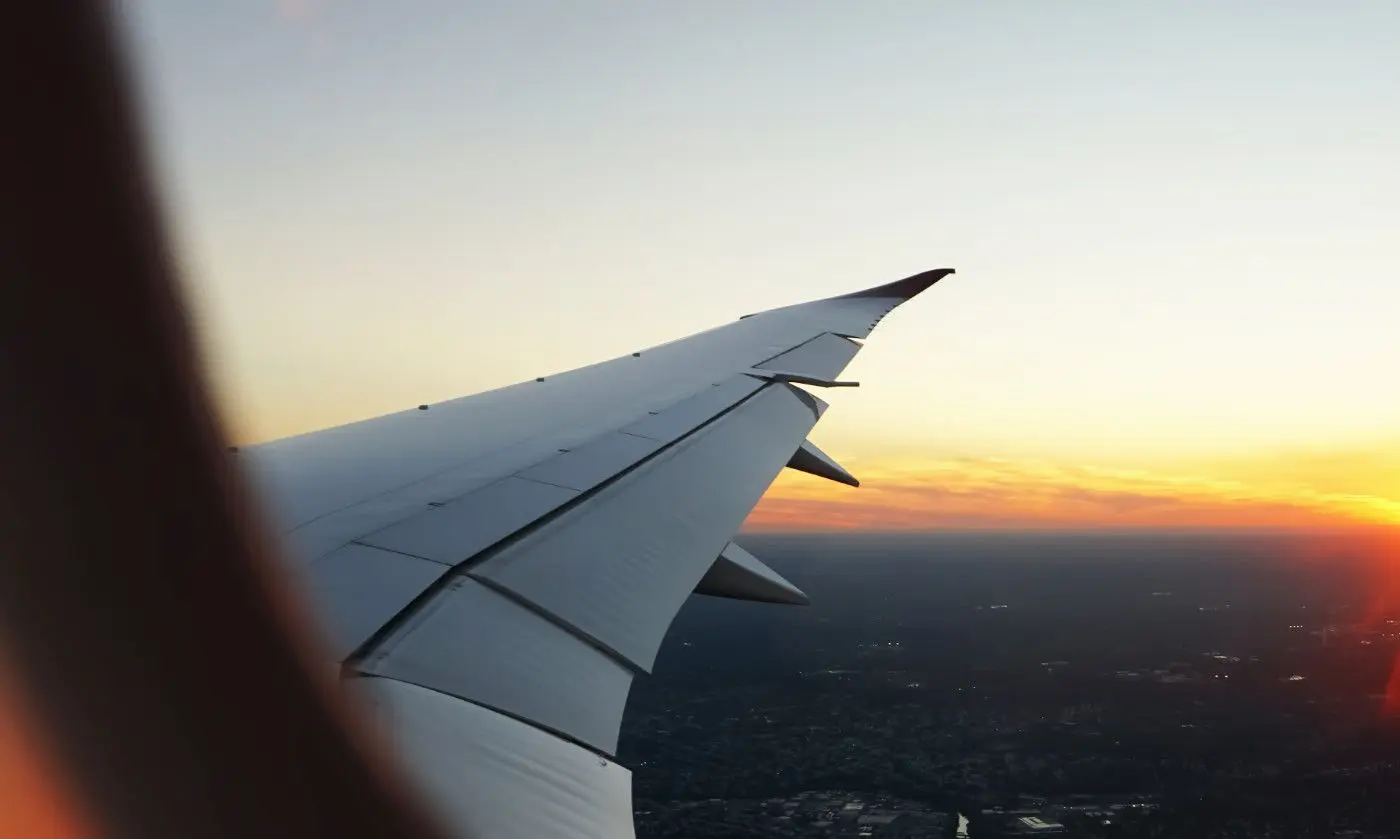
The fly-by-wire system takes control input from both the pilots and the autopilot. The pilots may not be fully aware of all the control actions by the fly-by-wire system. Only that the aircraft is ideally behaving as expected.
Fly-by-wire is lighter and takes up less space on board. That improves fuel efficiency and design flexibility when developing the aircraft.
But more importantly, it also improves safety in several respects. A fly-by-wire system can perform auto adjustments and prevent dangerous situations during flight. Several backup systems (mostly triple or even quadruple) take care of redundancy in the event of a system failure.
The military first recognized the potential of a fly-by-wire system. The first aircraft that replaced mechanical controls with a fly-by-wire system was the General Dynamics F-16 Fighting Falcon, introduced in 1973. The fast F-16 needed agility that conventional mechanical systems could simply not provide.
Later, Airbus was the first company to introduce a digital fly-by-wire control system into its A320 series of commercial aircraft. Boeing followed with their 777 aircraft.
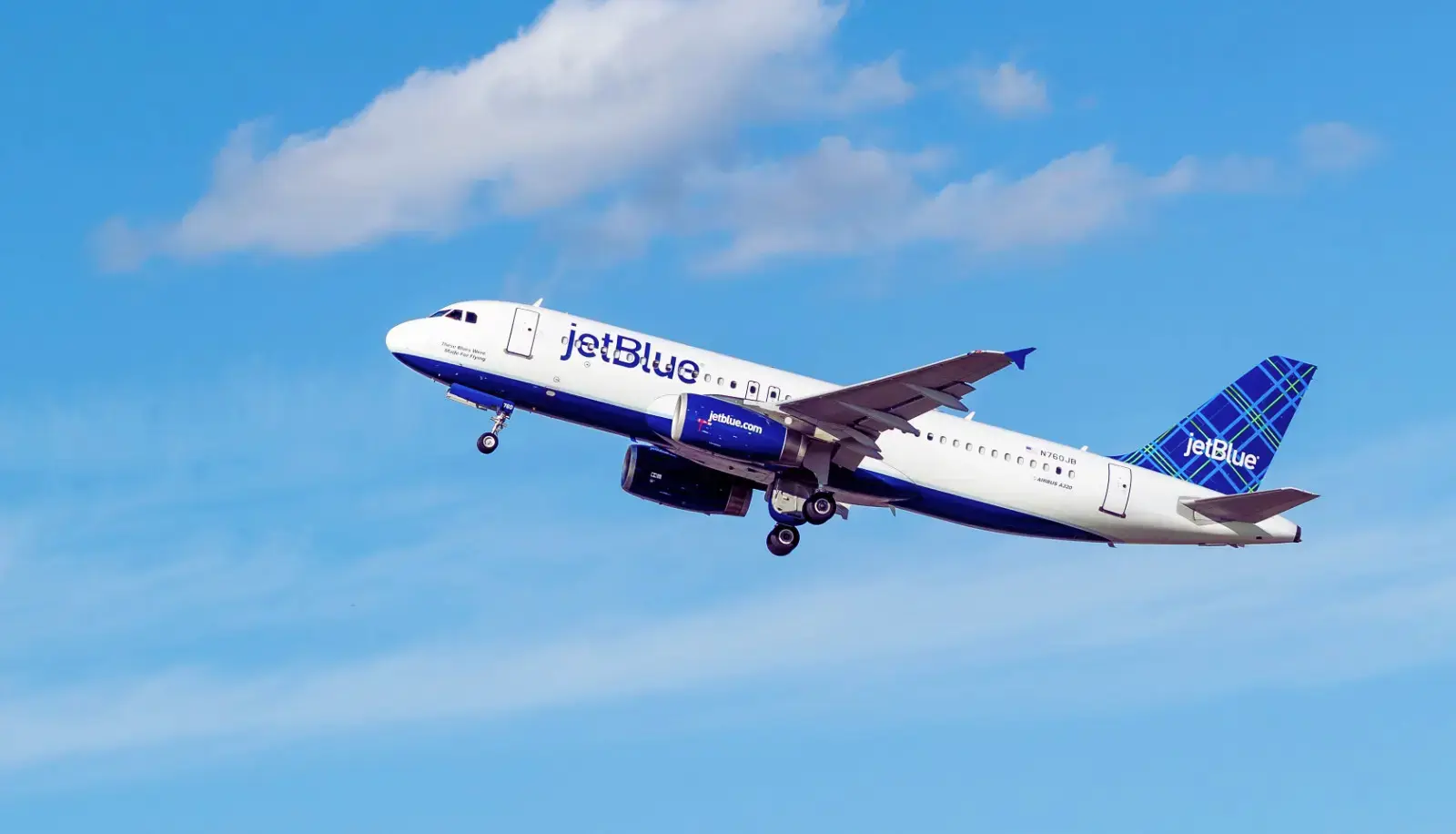
Advantages of a Fly-by-Wire System
There are many benefits to a digital fly-by-wire system. The most significant improvements are:
- It takes up less space. With a fly-by-wire system, electronic signals and computers replace much of the mechanical and hydraulic hardware of the older designs. Therefore, a fly-by-wire system takes up less space and gives aircraft engineers more freedom when designing the aircraft. Conventional flight control systems require careful planning and routing of the aircraft's cables, rods, and pulleys. On top of that, the plane needs redundant backup systems to deal with failures. That adds even more weight and takes up more space.
- It reduces weight. Conventional flight control systems rely on many heavy parts. A digital fly-by-wire system weighs less and improves the aircraft's fuel efficiency.
- It improves reliability and safety. Less mechanical hardware means fewer parts prone to failure. Digital flight control systems can automatically compensate for changing flight conditions and help prevent stalling and spinning, even without pilot input.
- It gives better handling and more effective control. Because fly-by-wire aircraft tend to be lighter, they usually require smaller controller surfaces for maneuvering. That further reduces overall weight.
- It is easier to maintain. Getting rid of most mechanical parts makes the fly-by-wire system less complex, which eases maintenance. That way, the airlines save time and money.
Today, fly-by-wire is the standard on modern airliners and many other aircraft.
How Does Fly-by-Wire Work
It all begins with the pilot, who makes a control input in the cockpit by moving the sidestick or control column - for example, a pitch-up command or a roll to one side.
Flight computers receive that control input and calculate what control surface to move to make that action. For example, when the pilot pulls back and wants to pitch up, the flight computer would move the elevators on the tail.
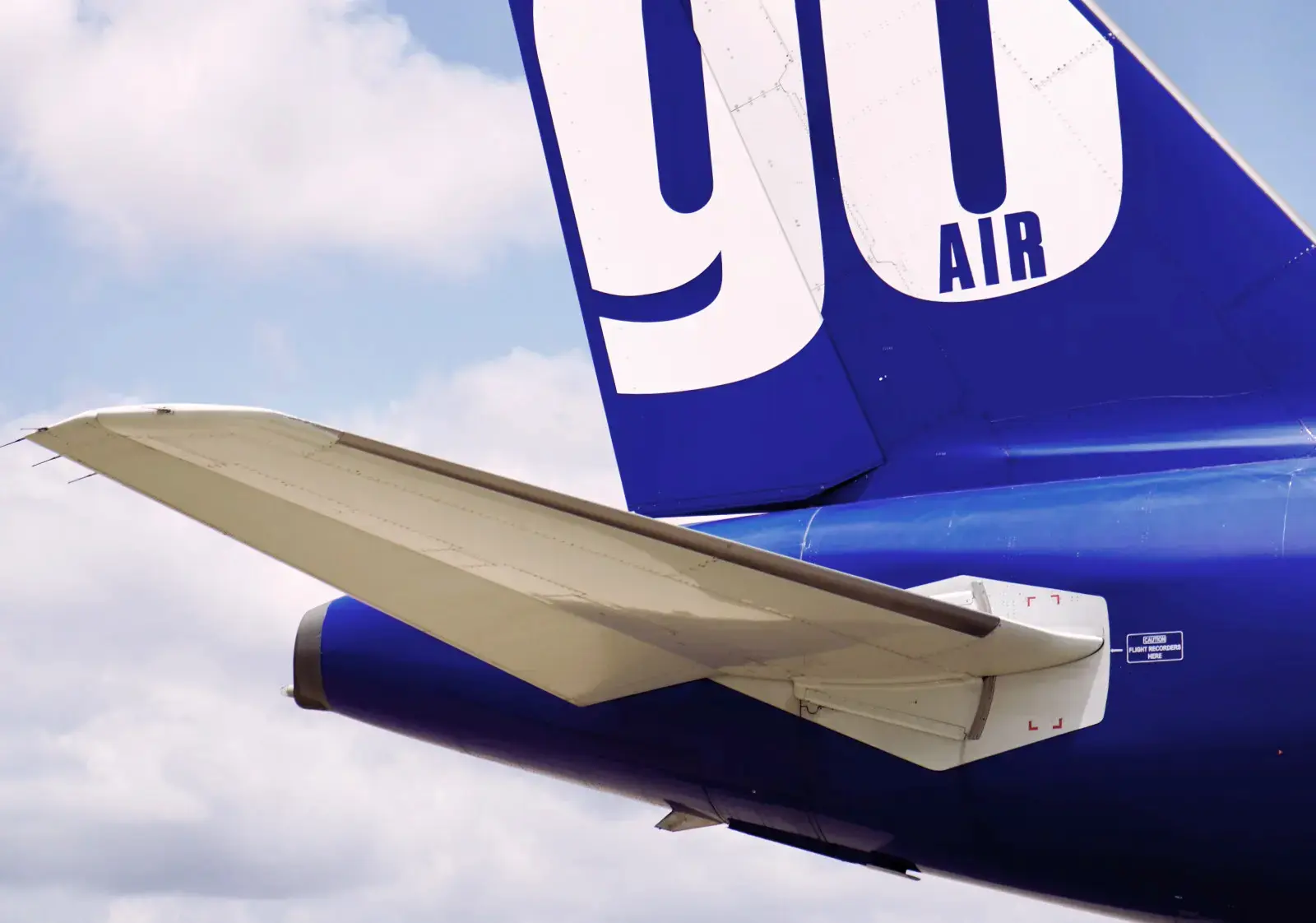
The flight computers then issue those commands to the electronic controllers for each control surface. These controllers move the actuators attached to each control surface until positioned where the computers commanded it to be. Sensors constantly measure the position of the control surfaces.
In addition to manual pilot input, fly-by-wire systems can also act independently. Onboard gyroscopes, accelerometers, and sensors measure the aircraft's orientation and performance. The automatic stability system is one example. Suppose the plane moves away from a level flight at cruise altitude. The fly-by-wire system can automatically move the necessary control surfaces to stabilize the aircraft without the pilots doing anything.
Safety
In addition to all the benefits mentioned earlier, the fly-by-wire system also helps increase the aircraft's safety.
A fly-by-wire system stabilizes the aircraft and adjusts the aircraft's characteristics without pilot input. The system can also prevent the pilots from operating the aircraft outside its specified performance limits. It makes sure to keep the plane within aerodynamic and structural limitations. If the aircraft does something dangerous, it is not supposed to do the fly-by-wire system can automatically correct it.
Fly-by-wire is not without weaknesses, however. The loss of the computers at the heart of the system renders the aircraft uncontrollable. Therefore aircraft engineers install multiple levels of backups. These backup systems consist of redundant computers, mechanical or hydraulic backup, or both.
Before each flight, the flight crew performs checks of the fly-by-wire systems to make sure everything is in order. Airplane mechanics also keep a close eye on the control systems during maintenance to ensure everything works as expected.
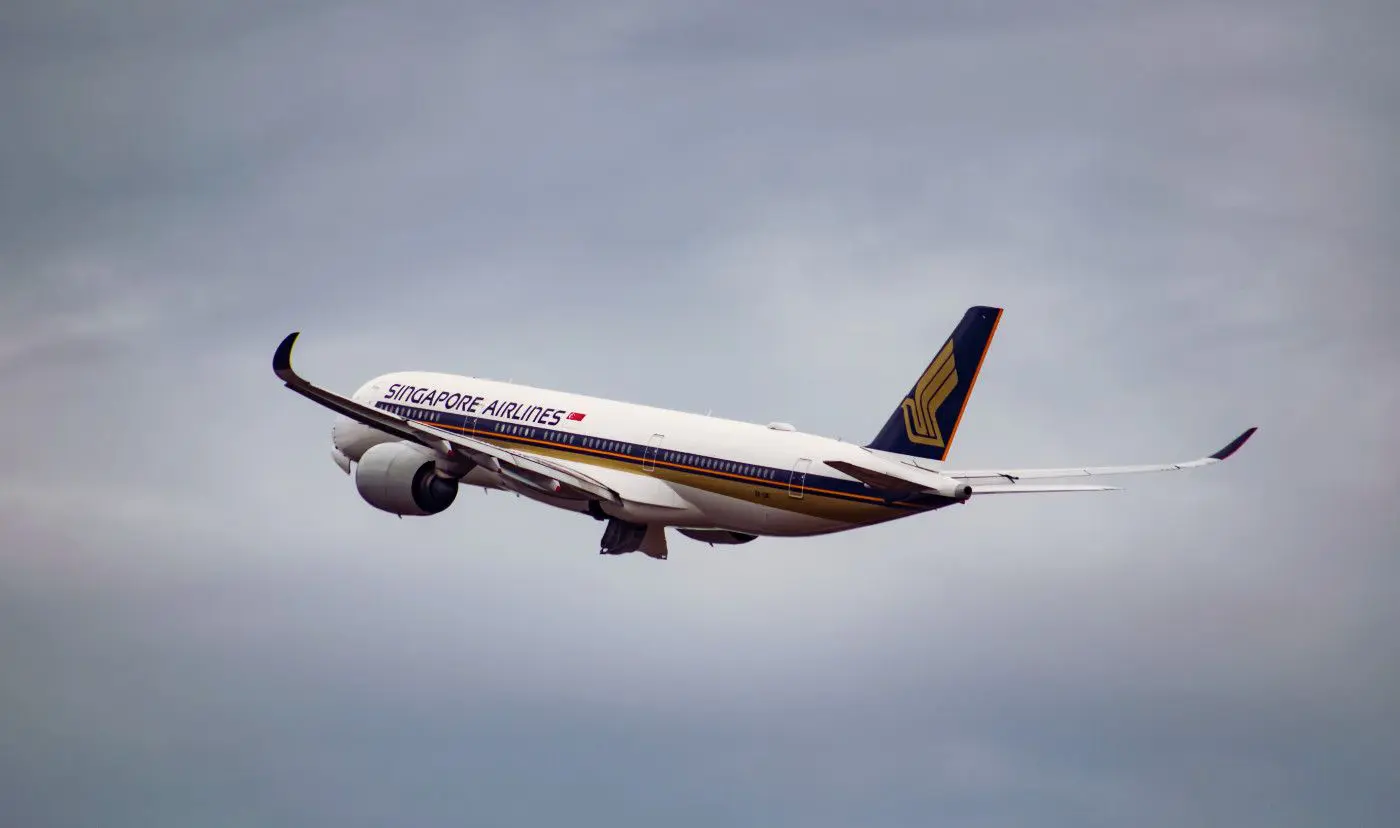
Conclusion
For an aircraft to maneuver, physical control surfaces, like a rudder or ailerons, need to move. Conventional ways of doing this include mechanical or hydraulic systems where a series of rods, cables, and pulleys link the pilots directly to these control surfaces.
A fly-by-wire system replaces these conventional bulky and heavy systems. In a fly-by-wire control system, the pilot's controls are connected to a computer instead of rods, pulleys, and cables.
The computer interprets the pilot's control inputs. It then signals actuators for the given control surfaces to move.
The advantages of fly-by-wire include less weight, better fuel efficiency, better reliability, improved safety, better aircraft handling, and less space taken up by the system.
Safety is always a concern in aviation, and fly-by-wire improves on that too. In addition to manual control inputs, the system can also stabilize and protect the aircraft automatically.
It is also an advanced fly-by-wire system that allows the B-2 Spirit to fly without a vertical stabilizer - something that is otherwise not possible.
Planenerd Newsletter
Join the newsletter to receive the latest updates in your inbox.






